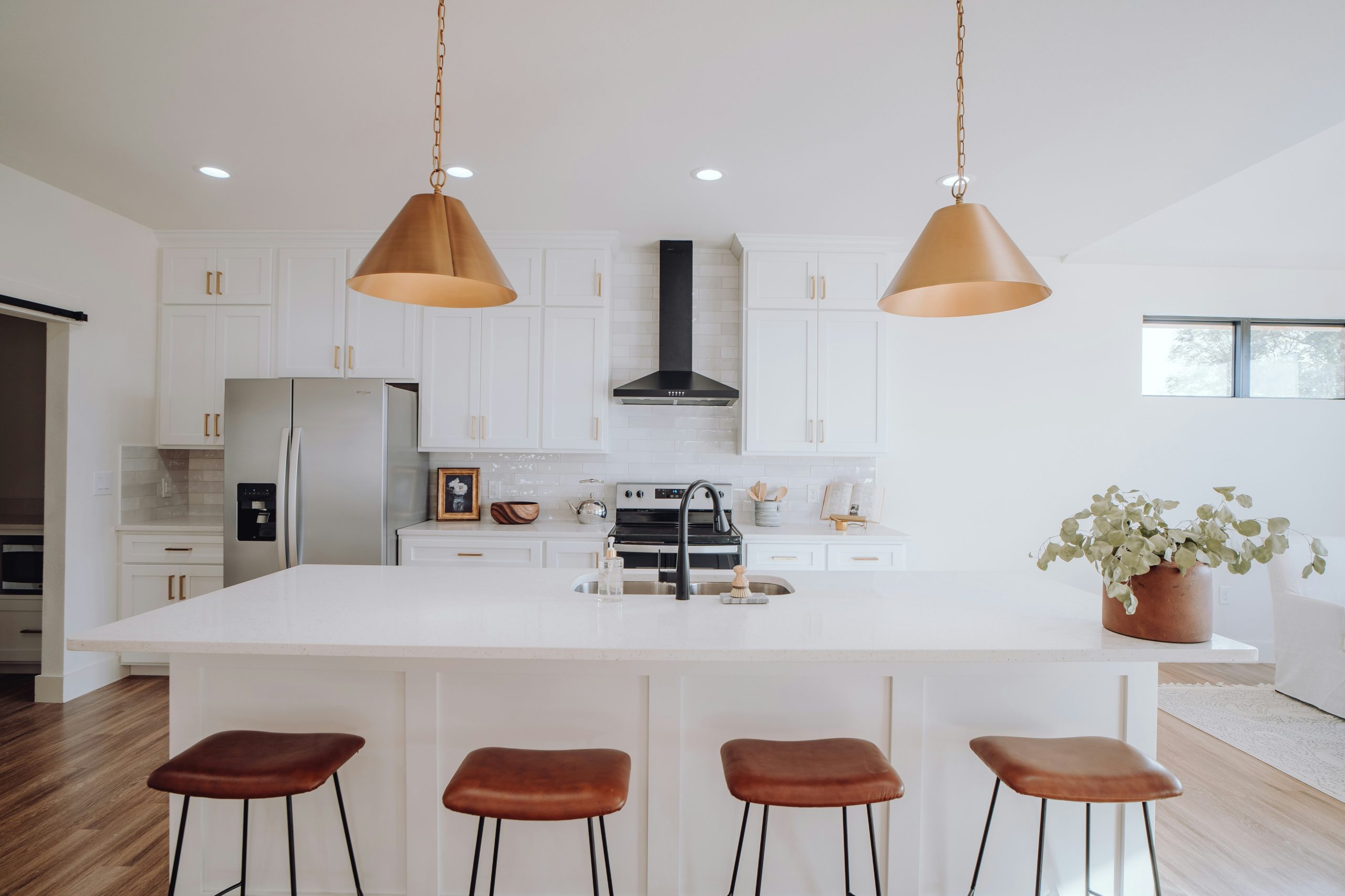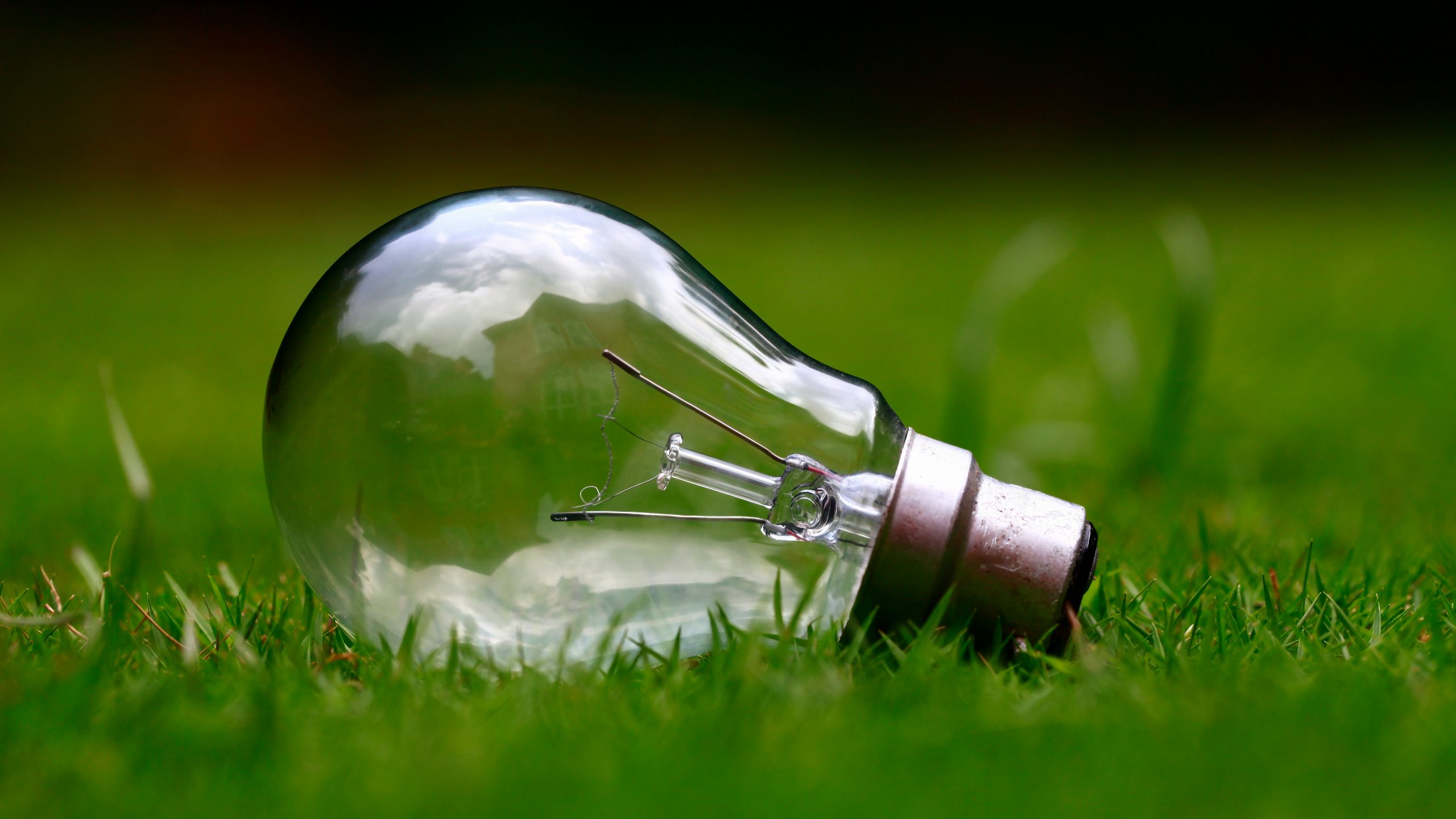Energy bills are rising at an exponential rate, with some households experiencing price increases of up to 13% between 2022 and 2025.
With rising food and energy costs, high utility bills add further pressure to household budgets. Energy-efficient home improvements can reduce this burden by cutting utility expenses and improving affordability.
This article covers home upgrades that save energy, lower bills, and increase property value.
Why Energy-Saving Home Improvements Matter

Here are the top two reasons why you should invest in energy-saving home improvements:
Save Money on Utility Bills While Reducing Your Carbon Footprint
Improving your home’s energy efficiency can cut energy use by up to 50%, saving hundreds or even thousands of dollars each year. Many upgrades pay for themselves within a few years, offering long-term financial and environmental benefits.
These improvements reduce reliance on natural resources and lower harmful emissions. For example, replacing incandescent bulbs with LEDs can reduce your carbon footprint by up to 40 kg of CO₂ per bulb annually.
If every American home replaced just one incandescent light bulb with an ENERGY STAR-certified bulb, it would prevent greenhouse gas emissions equivalent to those from 800,000 cars. Every upgrade matters!
Boost Your Home’s Value and Marketability
Energy-efficient upgrades increase your home’s value and appeal to potential buyers.
With the rising cost of energy bills, more and more people are looking for energy-efficient homes that promise long-term savings and lower utility expenses.
Features like energy-efficient windows, smart thermostats, and modern insulation make your property more desirable in today’s eco-conscious market.
Many of these buyers are planning to invest in energy-efficient upgrades to begin with, so when they see a home that already includes these features, they’re often willing to spend more for the convenience.
Top Energy-Efficient Home Improvements to Consider
There are dozens of energy-efficient home improvements you can do to your home.
Simple changes like switching to LED bulbs, sealing drafty windows and doors, and installing low-flow showerheads can reduce energy and water bills with minimal effort and cost.
For greater savings, prioritize these key home improvements:
Upgrade to Energy-Efficient Windows
Upgrading to energy-efficient windows can reduce heat loss and gain by up to 30% annually. These windows feature double or triple glazing, as well as low-emissivity coating that improves insulation and blocks harmful UV rays.
Installing a Smart Thermostat
A smart thermostat lets you control your heating and cooling remotely via smartphone, tablet, or computer. It learns your schedule and adjusts the temperature automatically, reducing energy use when you’re away or asleep.
If your current AC doesn’t have a smart thermostat, consider upgrading or installing a modern, energy-efficient air conditioning or heating system. Overall, smart AC systems reduce heating and cooling energy consumption by about 10% to 15%.
Enhance Comfort and Efficiency with Exterior Renovations
Upgrading your home’s exterior improves comfort and energy efficiency over time. Though costly upfront, these improvements reduce energy loss, lower utility bills, and increase home value and curb appeal.
Remodeling Your Home’s Exterior
Here’s a list of exterior upgrades to improve your home’s comfort and energy efficiency:
- Replace or repair siding with energy-efficient materials, like insulated vinyl, fiber cement, or engineered wood siding
- Seal gaps and cracks around windows, doors, and the foundation
- Install aluminum awnings or shutters for natural shading
- Upgrade to an energy-efficient roof made of metal, tile, asphalt shingles, or solar panels disguised as shingles
- Invest in renewable energy like solar or wind power, which can be installed on your roof, in your yard, or open areas away from tall buildings and trees
Front Door Upgrade for Curb Appeal and Efficiency
Replace outdated front doors with modern energy-efficient doors with better insulation, weather stripping, and durable materials that minimize drafts and heat transfer.
If you live in an area prone to severe weather, consider installing storm doors with reinforced frames and impact-resistant glass.
Unsure of which door suits your home? Let us make the best decision for you. Contact Evergreen Door and Window to schedule a free quote!
Additional Ways to Improve Energy Efficiency
Here are some additional ways to improve energy efficiency in your home:
Sealing and Insulating Your Home
Home insulation significantly affects energy efficiency. Proper insulation helps retain heat in winter and keep cool air in summer, reducing the workload on heating and cooling systems. This lowers energy use and cuts utility bills.
Here’s how to seal and insulate your home:
- Seal gaps and cracks around windows and doors with weather stripping and caulk
- Seal and insulate ductwork in unconditioned spaces such as attics, basements, and crawl spaces to prevent air leaks and improve HVAC efficiency.
- Add insulation in floors above unheated crawl spaces or basements to prevent cold air from coming up through the floorboards.
- Add insulation to the basement and foundation walls, either on the interior side or exterior, to reduce heat loss and prevent moisture buildup.
Best Kitchen Upgrades for Modernization

The kitchen makes up 20% to 30% of a household’s total energy consumption. Electric ovens alone can draw anywhere from 2,000 to 5,000 watts per use, accounting for a significant portion of that energy. Updating energy-efficient appliances can help reduce this consumption.
- Switch to ENERGY STAR-Certified Appliances: Replace old refrigerators, dishwashers, and ovens with ENERGY STAR-certified models. Energy Star models use 35 to 50% less energy than non-ES appliances, saving you hundreds of dollars annually.
- Install an Induction Cooktop: If you’re using traditional gas or electric stoves, consider switching to induction cooktops. Induction cooktops transfer up to 90% of their energy directly to cookware, leading to faster and more efficient cooking without wasted heat.
- Upgrade to LED and Smart Lighting: Replace incandescent bulbs with LEDs, which use up to 90% less energy and last 25 times longer.
- Use Smart Power Strips: Plug countertop appliances like microwaves, toasters, or coffee machines into smart power strips to eliminate standby “vampire” power loss when appliances aren’t in use.
- Install Low-Flow Faucets: Replace your existing taps and fixtures with WaterSense-labeled models, which reduce water and hot water usage without compromising performance.
How to Update a House for Maximum ROI
If you’re planning to put your home on the market soon, here are some upgrades that offer maximum return on investment (ROI).
Easy Home Remodel Projects That Pay Off
You don’t need a full renovation to boost your home’s value. Some of the best results come from simple, cost-effective upgrades, such as:
- Repainting the walls with neutral colors to appeal to more buyers and make the space look bigger and cleaner.
- Replacing outdated hardware, such as old knobs, faucets, or cabinet handles
- Replacing the garage door to boost curb appeal and improve functionality.
- Painting or replacing kitchen cabinets, counters, and tabletops to refresh the look of your kitchen.
- Changing kitchen tiles to vinyl or laminate flooring, or slate, hardwood, or engineered wood if you’re willing to spend a bit extra
Add a Room to Your House for Extra Living Space
Adding a room can increase a home’s square footage and utility, attracting buyers who need extra space.
Converting your basement or attic space into a living space yields about 60 to 70% ROI, depending on the quality of the renovation. If the converted space already has a bathroom or walk-in storage, the ROI can be even higher.
You can market the extra space as a guest suite, a home office, or a children’s bedroom.
Classic vs. Modern Home Improvements
There are two ways you can go about improving your home: stick with classic upgrades that offer timeless appeal and long-term value, or go with modern trends that reflect current styles and technology. Each comes with its advantages and disadvantages.
Revamp Home Improvements with Timeless Designs
Classic improvements like neutral paint colors, hardwood floors, and traditional cabinetry tend to age well and attract a wide range of buyers.
These upgrades lean towards simple aesthetics, everyday functionality, and long-term quality, making them relevant five, ten, or fifteen years down the line. They’re customizable, too, allowing future buyers to add their personal touches to the home.
However, classic improvements do have their fair share of disadvantages. For one, the home may feel outdated to trend-focused buyers. And since they rely on neutral colors, they lack personality and the “wow” factor to stand out in a competitive market.
Modern Home Improvement Trends
Modern home improvement trends focus on smart technology, sustainability, and minimalist aesthetics. They feature smart home systems like smart speakers, smart lighting, thermostats, and home assistants (Google Home, Amazon Alexa, Apple HomeKit, etc.), as well as energy-efficient appliances with high efficiency ratings.
Many modern homes also feature natural, eco-friendly materials such as bamboo flooring or recycled stone countertops, and minimalist design elements like matte black fixtures and bold accent walls. The simplicity of these elements ensures they don’t go out of style for a long time.
That said, smart appliances, home automation systems, and sustainable materials can be expensive to purchase and install. And the longer the house stays on the market without a buyer, the more likely it is that these features will need upgrades or replacements to keep up with evolving technology.
Explore Financing and Incentives for Home Improvements
You don’t have to pay for home improvement entirely out of pocket. Thanks to financing options, tax credits, rebates, and incentive programs, you can reduce the upfront cost of energy-efficient upgrades by as much as 30%.
Tax Credits for Energy-Efficient Upgrades
Many governments offer tax credits to encourage homeowners to invest in energy-efficient upgrades. These credits can help offset the cost of improvements like installing solar panels, upgrading to ENERGY STAR-certified appliances, or adding insulation.
One such tax credit is the Energy Efficient Home Improvement Credit, which allows homeowners to deduct a percentage of the cost of solar, wind, and geothermal systems from their taxes.
You can find a full list of tax credits on the US Department of Energy website.
Local Rebates and Incentive Programs
In addition to federal tax credits, some local governments and utility companies offer rebates and incentive programs to promote energy efficiency.
For example, in New York, the EmPower+ program offers incentives of up to $10,000 for low-income and $5,000 for moderate-income households for insulation, air sealing, and HVAC upgrades. The same is said in Georgia, with Home Efficiency Rebates providing incentives of up to $16,000.
To find out if your area supports local rebates, visit the ENERGY STAR Rebate Finder and the Database of State Incentives for Renewables & Efficiency (DSIRE) and enter your zip code.
Let Evergreen Window Help You Upgrade Your Home
With over 60 years of experience, Evergreen Window has established itself as a trusted provider of quality exterior modeling services in the Chicagoland area.
Evergreen Window offers a wide range of energy-improvement services, including the installation and replacement of windows, doors, siding, gutters, and more.
Trusted Experts in Energy-Efficient Windows and Doors
Contact us for a free consultation today, and our dedicated team will help you find the best fit for your home’s aesthetic and functional needs. We have multiple financing options to make your home improvement projects more affordable and manageable, like the GreenSky Financing Advantage that offers credit limits up to $65,000.



